The Secret to Attracting Prospects
The One-Minute Marketing Plan – Part 3 of 3
Okay. This is the wrap-up on the One-Minute Marketing Plan – part 3 of 3. Part 1 was all about doing the ground work to increase your chances of engaging your best prospects. Part 2 was about going out and proactively finding those best prospects, then inviting them back to your website to engage them. Finally, Part 3 examines the secret to attracting prospects – specifically 6 “Attraction Tactics” that will help your best prospects find you so that, once again, you can engage them when they reach your website.
Bundles of research (here and here, for instance) suggest that your B2B prospects will be well into their research on possible solutions to their pain before they want to speak to you or any other vendor. That means that until they’re ready to speak to anyone, they’re doing their homework, mostly on the web. Here’s how to make sure you’re found when they’re looking.
Tactic 1: SEO
Much has been written about SEO (Search Engine Optimization) – making sure you’re findable on Google, Bing and, Yahoo. A lot of consultants make a lot of money on SEO. And a lot of confusion reigns.
Here’s what you need to know. Whenever you put content up on the web (your website, your blog, web versions of your email, your landing pages) try and keep it all under the same domain name (e.g. www.YourCompany.com), and
make sure your content adds value to the quest your best prospects are on.
What quest are they on? They have a business pain that they want to relieve and, as it happens, you have a solution that uniquely addresses that pain (or it should… see the Value Proposition discussion in Step 1). Your job is to make their lives easier as they search for a solution.
To help your best prospects find this useful content you’ve created, you need to understand what kinds of keywords your best prospects will use to search for solutions to their pain (your “best customer” interviews in Step 1 can furnish you with many of these keywords). You can also use free tools like Google Trends and Google’s Keyword Tool to discover variations on these words and phrases.
The idea is:
1) to use search terms that are meaningful to your prospects;
2) to create content your prospects value that actually addresses and supports those search terms, and then;
3) to make sure those search terms are seeded through the relevant web pages.
In this way, the search engines are more likely to include you in a search for those keyword phrases. How well you do in the search results will be a function of how much competition exists around the keyword phrases you select, and how highly your site is regarded by the search engines based on your site traffic and the quality of the sites linking back to you.
Two comments here:
1) The keyword phrases you use in your content have to be relevant to your content. This all gets back to the value proposition we developed in Part 1. You need to consistently promote a handful of ideas that are relevant to and likely to be searched on by your best prospects.
2) These same keyword phrases need to be placed in your HTML “title tags” and in your “headline (H1, H2) tags”, and then two or three times more in the body of your content. The coding part of this is dead-simple for whoever manages your web properties.
Believe it or not, what you’ve just read is over 90% of what’s worth doing in SEO.
Tactic 2: An Engagement Path for Your Website
Once your best prospects find your website, you need to try and convert them from unknown visitors to known prospects. One way you can do this is by making sure that you have banner ads on every page of your website that promote one of the offers we reviewed in Part 1. This provides an “engagement path” for them through your website.
Your banner ads would most often feature one of your general offers (e.g. a “what’s possible” whitepaper), but you might choose to use a banner ad that promotes different offers in different areas of your site. You can quite easily test different offers and see which produce the highest conversions.
If the content you developed has teeth, and you’ve done a good job attracting the right prospects to your site, you will get clickthroughs on your banner ads. Clicking through will lead your prospects to the corresponding Engagement Page (see Step 2) where they will decide whether the content offer you’ve developed is worth their handing over their contact information and becoming “known” to you.
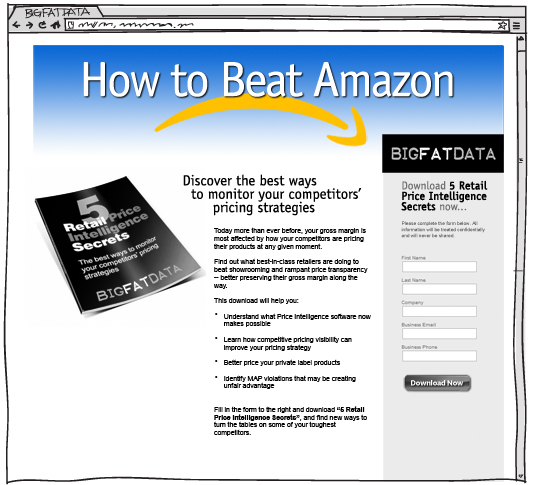 Sample Engagement Page
Sample Engagement Page
Tactic 3: Stalking Your Best Prospects
Google has an excellent and underused service called “Remarketing” that your web guy (or girl) can easily set-up for you. When you’ve successfully attracted a prospect to your website, the Remarketing code will drop a cookie on your prospect’s computer (it’s completely legit, not to worry). From that point forward, as your prospect goes out across the internet, Google will insert an ad for one of your offers on whatever website your best prospects are visiting (as long as they’re in the Google Ad Network – which includes most commercial websites). You can control what kind of websites your ads show up on through “Contextual Targeting”.
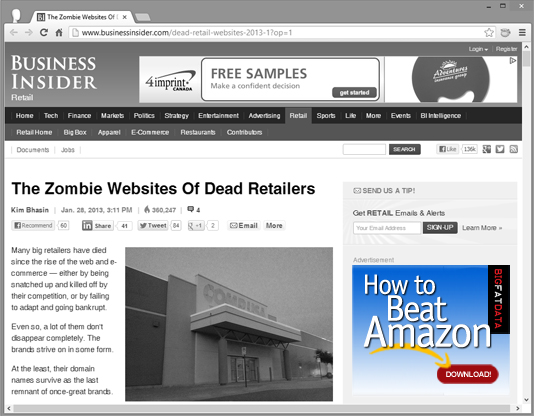 Sample Remarketing Ad
Sample Remarketing Ad
You only pay if your prospect clicks on your ad, and you can control how much you’re willing to spend until you get a better sense of the payback. In the meantime, your offers follow your prospects around the web providing you with a fantastic, no-cost awareness campaign.
Importantly, to avoid having your prospects feel like they’re being stalked, you can set frequency caps (the maximum number of times a prospect sees your ad), and you can decide to only remarket to those prospects who have gone through a certain number of pages on your site (suggesting a certain interest level), rather than remarketing to everyone who lands on, say, only your home page.
You can find some detailed “how-to” information on remarketing here.
Tactic 4: Pay-per-Click
There are two kinds of search results: organic and paid-for. Organic search results are those that a search engine deems to be a best-fit with the term you’ve searched on. Organic search results are generally considered preferable to paid-for search results because they are perceived to be more credible and less commercially biased. SEO, which I discussed above, is all about trying to earn a position on page one of the organic search results.
Because you’ll probably find that it’s a little challenging showing up on page one of search results (unless you’re in a category with lower competition), you might find that paying to be there is worth your while. Paid search results (or pay-per-click) are purchased, and appear in a highlighted box at the top of your search page results. Your position in pay-per-click (i.e. whether you show-up on the top of the page, down the side, or on page 2 or worse of the search results) depends on how competitive the keyword phrase you’re “bidding on” is.
As with Remarketing, you can cap your monthly expenditure until you understand the payback of your various campaigns and keyword phrases. I won’t get into the details of pay-per-click now, but you can find a good primer here, if you’re interested.
The point is, PPC lets you improve your chances of showing-up on page one of the search results when your prospect is researching solutions to the business pain they’re grappling with. Most importantly, your pay-per-click ads (PPC ads) need to promote the content offers you developed in Step 1. If your prospect clicks on one of your ads, they should be delivered to the corresponding Engagement Page for that content offer so you have an opportunity to convert them from unknown to known. Never have a PPC ad point to a generic page on your website unless your goal is something other than lead conversion.
Tactic 5: A Blog
Blogs are considered by many to be one of the strongest “attract” tactics there is. I would agree, except I would add that your blog has to be really good.
What makes a blog really good? This should start sounding familiar. A really good blog offers your prospects valuable perspective on the business problem they have. Your understanding of your best prospects from Step 1 should provide guidance here.
That said, blogs are hard to do well, consistently. It has been said that the life of the average blog is about one month. Like newsletters before them, blogs seem like a good idea, but the actual execution requires tremendous resources if your plan is to create remarkable content (which is what your goal should be). See Canadian telecom operator Allstream’s blog for remarkable content. (You might also enjoy Seth Godin’s TED talk on how remarkable ideas travel).
However, if you have time and love writing, are able to find excellent guest bloggers, or are willing to pay to have someone write your blog, really good blogs can create tremendous engagement with your target audience and significant SEO value for your main website. Of course, you also have to promote the heck out of your blog through social and traditional channels to give it any kind of traction.
Tactic 6: Social Networking
CAUTION. This tactic will completely wipe out whatever remaining time you have, if you want to do it well. There are no shortcuts, no matter what anyone tells you. For B2B, you might want to mostly consider Twitter and LinkedIn for your social networking.
First, you need to build the right followers – those that match your Best Prospect Profile (see Step 1). You do this on Twitter by using filters on tools like HootSuite or Pluggio to find individuals who rank highly against certain keywords or hashtags.
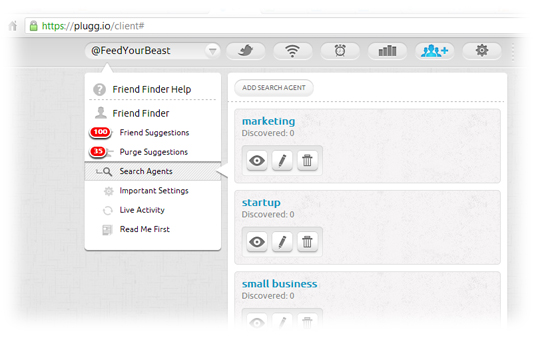 Pluggio’s Follower Search Agent
Pluggio’s Follower Search Agent
Then you follow them. Many will follow you back. Slowly, you will build up a following of the right people. But to keep them following you, you have to provide them with remarkable value (again). You can do this by:
1) Retweeting their tweets. RTs are the greatest currency on Twitter and people generally value your effort to share their Tweets and will often take greater note of you as a result of it. But you must discriminate, sharing only that which you think your best prospects will value. And you should always try to add your 2 cents to give the retweet context, all in 140 characters. You should plan on 5 retweets for every original tweet you make.
2) Tweet about your original content where that content helps relieve your best prospects’ pain. You can tweet about each blog posting you make or about the content offers you developed in Step 1. You can tweet news when you’re at an event, you can ask questions about other’s tweets, or you can share really useful content you find elsewhere on the web. Be careful with this last one, because everyone’s doing it, and the value is limited. Try and dig for valuable content where few are looking.
3) Tweet often. Believe that you will get buried in the landslide of tweets that your followers receive, so don’t be shy about repeating your tweets in different forms. Your goal is to get on your best prospects’ Twitter lists. These are shortlists that users create of individuals they actually want to read/follow because the tweets from those individuals address some need they have.
LinkedIn is actually a bit trickier. If the majority of your LinkedIn contacts are best prospects, you’re all set. When you post updates on your home page (these should be updates concerning your relevant, high value content, as discussed above), your connections will see them and have the opportunity to explore and share them with their networks. Because LinkedIn feeds don’t turn over as rapidly as Twitter feeds, you may want to be a little more judicious in how often you post an update, especially if that post is a repeat of an earlier post.
However, if the majority of your contacts are colleagues, peers, and associates, and these people aren’t your best prospects, then LinkedIn will become a little less useful to you because it’s very difficult to link-in to people with whom you have no prior connection. In that case, you may want to use LinkedIn to promote other career-building objectives among your peers.
If you still insist on using LinkedIn to try and reach your best prospects, you can try spreading your wisdom through the appropriate LinkedIn groups that contain your best prospects, and hope that individuals in those groups will either “follow” you and therefore see your posts (easy to do via the link under everyone’s picture inside groups) or visit your LinkedIn profile page wherein you need to make sure there are ample links back to your blog and/or website.
Wrapping-Up
So to sum up your One-Minute Marketing Plan, you’ll have worked with your best customers to refine your targeting, value proposition, and offers; you’ll be proactively going out to find your best prospects via email, drawing them back to your Engagement Pages to start building relationships with them; you’ll be enlisting your best customers to help you find more prospects just like them through referral programs; and you’ll be optimizing your website Engagement Path, SEO, remarketing, PPC, blog, and social networking to help your best prospects find you when they’re actively looking for the kind of solution you offer.
If you successfully put these tactics into play, you’ll be covering off the 20% of what really matters in the 80/20 world of marketing, while helping to drive tangible, measurable new business into your firm.
Next week, I’ll do a bonus follow-up to the One-Minute Marketing Plan that looks at the four key metrics that matter when evaluating the results of your plan.
About Drew Williams
My name is Drew Williams. I’m an author and marketing entrepreneur. “A what?”, you say. I call someone who’s passionate about building businesses a marketing entrepreneur. So that’s me. Full Profile | Google+



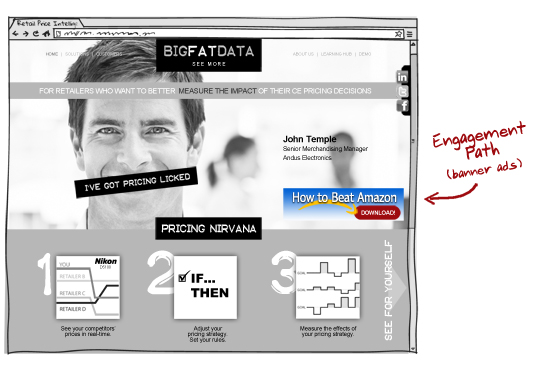

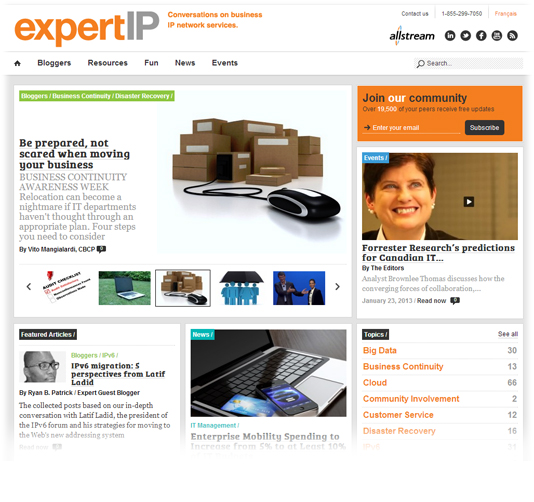

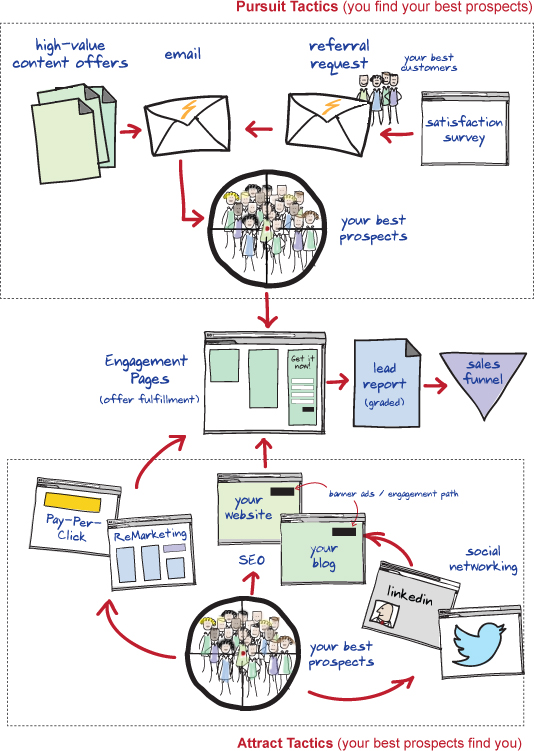

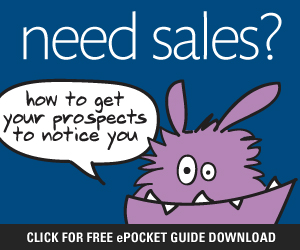

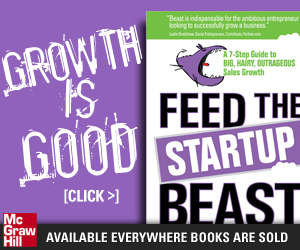
Recent Comments